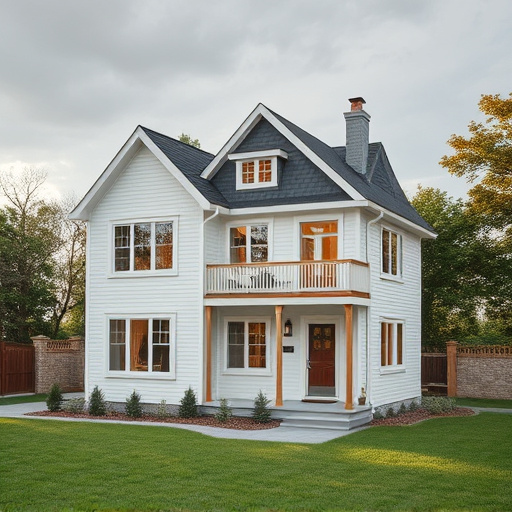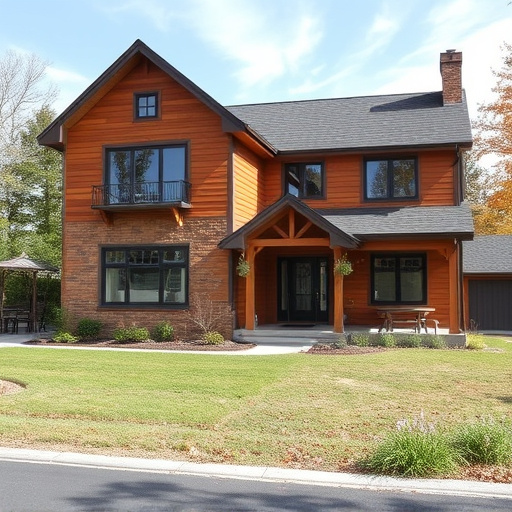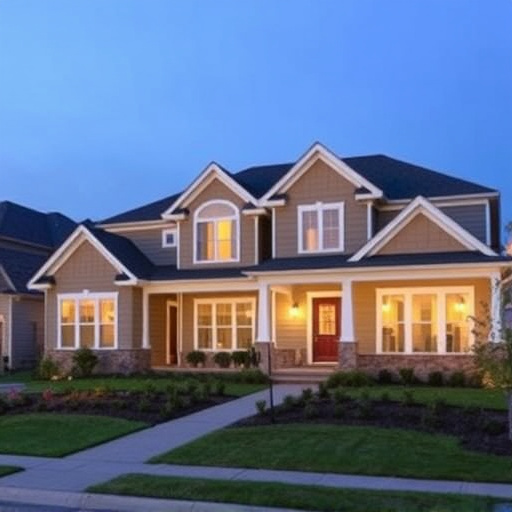Before expanding your office, thoroughly assess current space utilization, workflow dynamics, and employee needs through data collection and observation. Identify strengths and weaknesses in the existing layout, considering future growth projections. Strategically allocate and enhance spaces based on these insights to create an efficient, satisfying, and productive office design that supports long-term sustainability and employee productivity.
Planning for office expansion is a strategic process that demands careful consideration. This article guides you through transforming your workspace with a step-by-step approach. First, assess your current space: understand its layout, employee needs, and potential challenges. Define expansion goals, set a budget, and plan for future growth. Next, design a new or updated layout incorporating modern trends, ergonomic principles, and collaborative areas to enhance aesthetics and employee experience. Optimizing space utilization ensures a productive and inspiring work environment.
- Assess Current Space and Needs
- – Understanding the existing office layout and its functionality
- – Analyzing employee needs and current workflow patterns
Assess Current Space and Needs

Before planning for expansion in office design layouts, it’s crucial to assess your current space and needs. This initial step involves a thorough examination of your existing office environment. Consider factors such as square footage, room utilization, and the overall workflow of your team. Analyze how your staff interacts with different areas, including open spaces, private offices, meeting rooms, and common areas like kitchens and bathrooms (kitchen and bath remodel considerations can play a significant role in fostering collaboration). Understanding these dynamics will help you identify strengths and weaknesses in your current layout, guiding future decisions on space allocation and design enhancements.
Additionally, anticipate future requirements by considering growth projections and evolving business needs. For instance, if you foresee an increase in headcount or changes in operational processes (even inspired by successful kitchen remodel transformations within the office), these insights will shape your expansion strategy. Assessing current space constraints and potential future modifications ensures that your office design layout decisions are not just reactions to immediate demands but also proactive measures for long-term sustainability and employee satisfaction.
– Understanding the existing office layout and its functionality

Before planning any expansion, it’s crucial to understand the current office design layout and its operational efficiency. A thorough analysis of the existing space reveals how well it accommodates current staff numbers, workflows, and equipment. This understanding guides decisions on future layouts, ensuring new additions seamlessly integrate with existing infrastructure. For instance, identifying underutilized areas could inform strategic shifts in office design, while recognizing successful practices can be replicated or enhanced during expansion.
Evaluating the layout also involves considering the needs of different departments. A well-planned expansion should cater to specific functional requirements—from open collaborative spaces for teams to private offices for executives and dedicated areas for break rooms and kitchens. As you envision growth, think about how renovation services can transform these spaces, whether it’s a simple kitchen remodel or more complex floor replacements, ensuring the end result aligns with both esthetics and functionality in your office design.
– Analyzing employee needs and current workflow patterns

When planning for expansion in office design layouts, understanding your employees’ needs and workflow patterns is crucial. It’s essential to analyze how your team currently interacts with their space—where they collaborate, where they need quiet focus, and where tasks are performed. This involves observing work habits, gathering feedback from staff, and possibly conducting surveys or interviews. By mapping out these patterns, you can identify areas that promote productivity and creativity while pinpointing potential bottlenecks or underutilized spaces.
This data-driven approach ensures that your office expansion aligns with practical needs rather than just square footage. For instance, if your team thrives in open collaborative spaces but struggles with noise distraction, designing dedicated breakout areas or soundproofed meeting rooms could be a priority. Similarly, considering the proximity of essential amenities like kitchens and bathrooms to employee workstations can significantly impact overall satisfaction and productivity, akin to planning customized home renovations for optimal functionality.
When planning for expansion in office design layouts, assessing the current space and understanding employee needs are pivotal first steps. By analyzing workflow patterns and factoring in future growth, organizations can create adaptable and efficient office environments. Incorporating flexible furniture, modular partitions, and technology integration ensures the space caters to diverse work styles and evolving business demands. This strategic approach not only enhances productivity but also fosters a dynamic and engaging workplace culture, positioning your company for sustained success.














